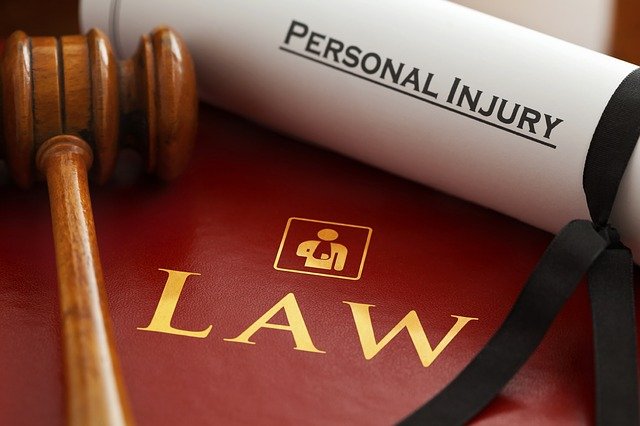In a personal injury case, there are two parties. There are the plaintiff and the defendant.
The plaintiff is someone who is demanding compensation because they were injured due to the actions of the defendant. If you have been injured or harmed because of someone else’s behavior, you can file an injury claim.

Most personal injury claims are settled. This means that your attorney negotiates a fair settlement amount for your injuries, and the case doesn’t go to trial.
If you don’t settle your personal injury case, then it will go to a state trial court. If your case goes to state trial court, there’s a jury verdict determining fair compensation for the injuries the defendant caused you.
Sometimes even if the trial is going on, settlement negotiations continue.
If there is no settlement and you lose your case, you may have the option to file an appeal. On the flip side of that, if you win and the jury gave a verdict that’s high-dollar, the defendant might file an appeal.
The following are some of the different things to know about appeals, especially pertaining to personal injury.
Filing an Appeal
In a personal injury case, if you aren’t happy with your verdict, you might file an appeal. An appeal is a request to have the higher court either reverse or change the decision that was found by the jury or judge in a lower court.
The court might be called the Supreme Court of Appeals or the Superior Court, depending on the state where you live.
The Supreme Court can choose whether or not to hear these cases. You also have a limited window of time to file an appeal.
In most states, that window is 30 days or less after the entering of your case’s verdict.
Is an Appeal a New Trial?
One of the big areas of misconception for many people is that an appeal is a new trial. This is not the case.
With personal injury cases, you also can’t file an appeal because you didn’t get the amount of money you wanted or because you lost. You have to file an appeal based on lower court proceeding errors that were made and therefore hurt your case.
Specific examples of when you might be able to appeal the verdict of the lower court include:
- The verdict was unreasonable. The appealed claim would be based on the concept of the ruling being built on insufficient or weak evidence.
- An error of law can allow for an appeal. This could include wrongful admission of evidence, as an example.
- There’s also a concept called a miscarriage of justice, which means that because of legal, factual or procedural errors, the sentence was unjust and unlawful.
There’s a difference between a criminal and civil case in that with a criminal case there are automatic appeals.
The steps you would take to file an appeal include filing the notice of appeal, which your attorney should do, and then addressing the motion to dismiss the appeal, which the defense files. Then you would have to go to a hearing, and this is when your attorney would outline why the judge’s decision wasn’t appropriate or there was an error of law.
Difference in an Appeal Compared to An Initial Trial
There are differences between the initial trial in your personal injury case and your appeal. The proceedings differ from one another in key ways.
When you have the initial trial, the jury hears the evidence, including expert opinion and witness testimony. Then, the jury is charged with deciding the parties’ liability.
An appeal is not a retrial of the same case. As was touched on above, the appellate court is reviewing how the lower court used principles and applied them in the first trial. There’s not a focus on new evidence or testimony. Instead, the appellate court is going to look for errors.
There isn’t a jury. Instead, a panel of judges reviews and decides.
The briefs created by the attorneys are what matters most in an appeal. The brief is the argument each lawyer is making.
Finally, the outcomes can include upholding the ruling of the lower court or sending the case back to the lower court, which is called remanding the case. If the case is remanded, outcomes might include a new trial, a case dismissal, or a change in the amount of damages awarded.



